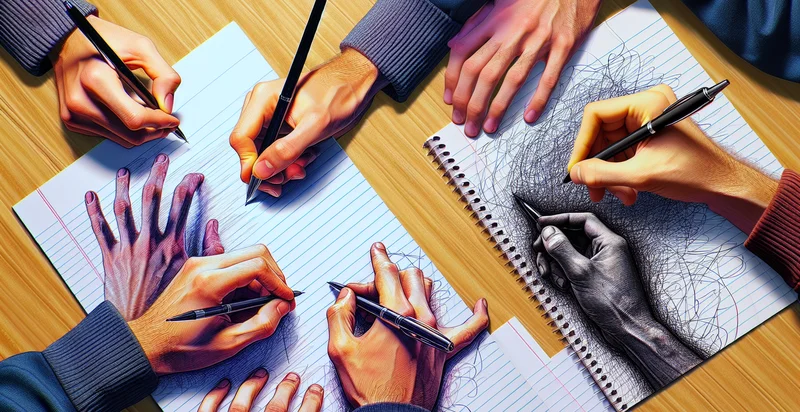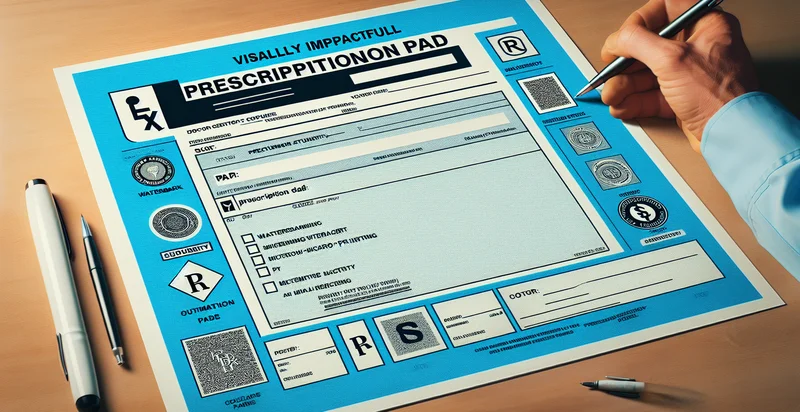Identify prescription legibility
using AI
Below is a free classifier to identify prescription legibility. Just upload your image, and our AI will predict the legibility of prescription handwriting. - in just seconds.

Contact us for API access
Or, use Nyckel to build highly-accurate custom classifiers in just minutes. No PhD required.
Get started
import nyckel
credentials = nyckel.Credentials("YOUR_CLIENT_ID", "YOUR_CLIENT_SECRET")
nyckel.invoke("prescription-legibility", "your_image_url", credentials)
fetch('https://www.nyckel.com/v1/functions/prescription-legibility/invoke', {
method: 'POST',
headers: {
'Authorization': 'Bearer ' + 'YOUR_BEARER_TOKEN',
'Content-Type': 'application/json',
},
body: JSON.stringify(
{"data": "your_image_url"}
)
})
.then(response => response.json())
.then(data => console.log(data));
curl -X POST \
-H "Content-Type: application/json" \
-H "Authorization: Bearer YOUR_BEARER_TOKEN" \
-d '{"data": "your_image_url"}' \
https://www.nyckel.com/v1/functions/prescription-legibility/invoke
How this classifier works
To start, upload your image. Our AI tool will then predict the legibility of prescription handwriting..
This pretrained image model uses a Nyckel-created dataset and has 10 labels, including Blurred, Clear, Complete, Confusing, Difficult To Read, Faded, Illegible, Legible, Obscured and Partially Clear.
We'll also show a confidence score (the higher the number, the more confident the AI model is around the legibility of prescription handwriting.).
Whether you're just curious or building prescription legibility detection into your application, we hope our classifier proves helpful.
Related Classifiers
Need to identify prescription legibility at scale?
Get API or Zapier access to this classifier for free. It's perfect for:
- Pharmacy Automation: Implementing a prescription legibility identifier in pharmacies can automate the verification process of handwritten prescriptions. This reduces the risk of dispensing errors and enhances patient safety by ensuring only clear and accurate prescriptions are filled.
- Telehealth Consultations: In telehealth scenarios, practitioners can use the legibility identifier to verify prescriptions sent electronically from patients. This assists in maintaining quality control in the digital realm and ensures that patients receive the correct medications without misinterpretation of prescriptions.
- Insurance Claim Processing: Insurance companies can employ this function to validate the legibility of prescriptions submitted for claims. By ensuring that prescriptions are readable, they can streamline the approval process and prevent fraudulent claims stemming from poorly written prescriptions.
- EHR Integration: Integrating the legibility identifier into electronic health record (EHR) systems can automatically flag poorly written prescriptions. This provides practitioners with a prompt to contact prescribing physicians for clarification, thereby improving the overall accuracy of patient medication records.
- Medical Training Programs: Medical schools and training programs can use this identifier as a teaching tool to highlight the importance of clear handwriting in prescription writing. It can provide feedback to students on their prescriptions, helping to instill best practices early in their careers.
- Patient Education Initiatives: Healthcare providers can use prescription legibility identification as part of broader patient education programs. By demonstrating the consequences of unclear prescriptions, providers can encourage patients to advocate for better communication and clarity from their healthcare team.
- Compliance Monitoring: Regulatory bodies can utilize the legibility identifier to monitor compliance among healthcare providers regarding prescription writing standards. This can lead to enhanced accountability and continuous improvement within the healthcare system to ensure patient safety and adherence to best practices.


